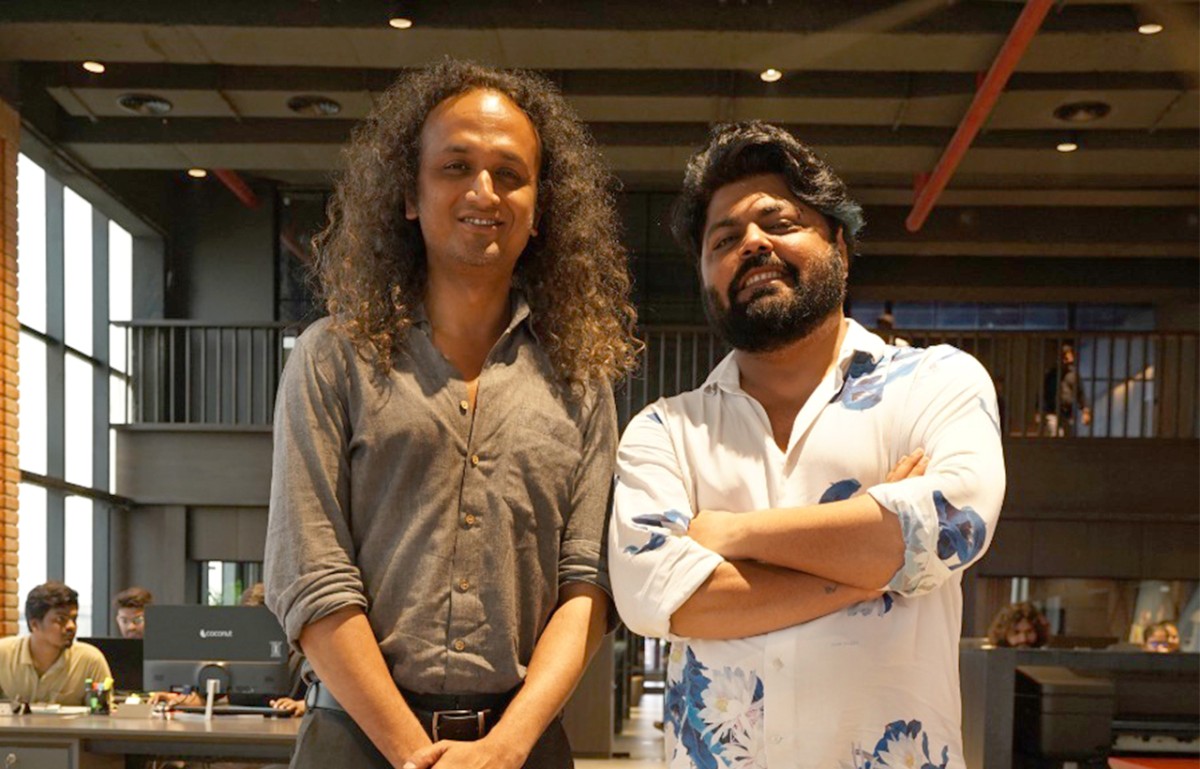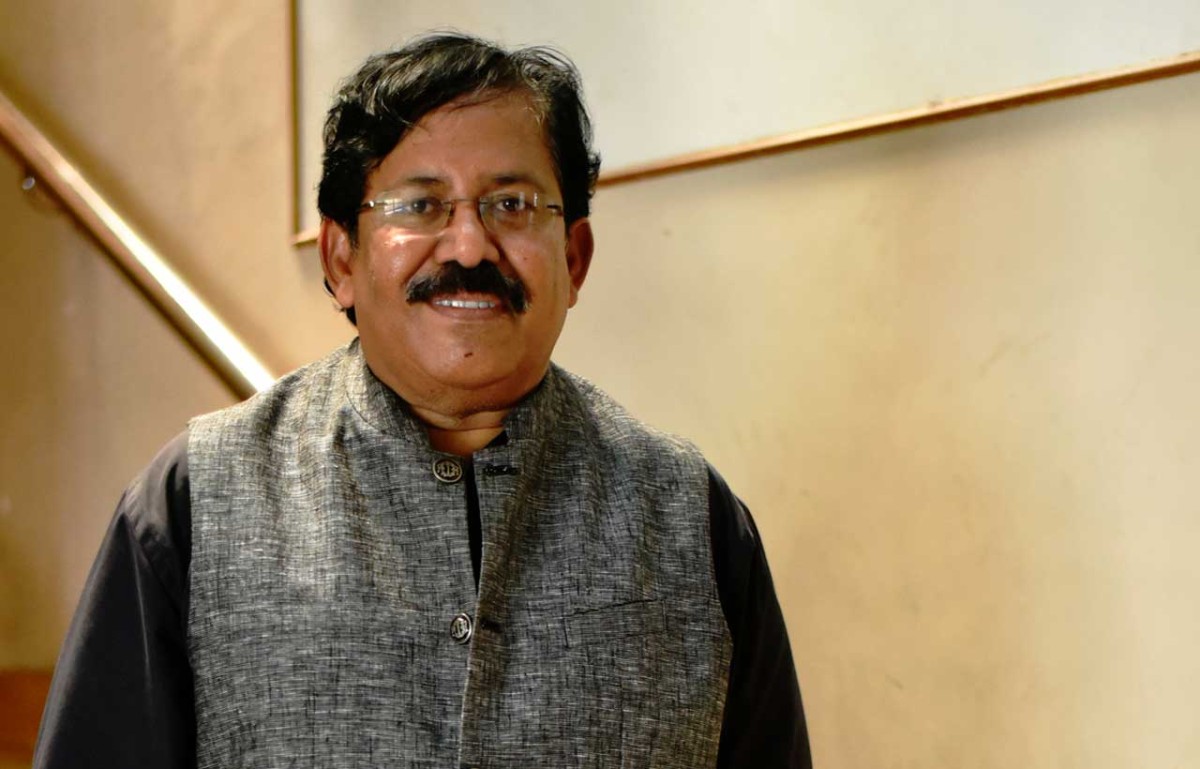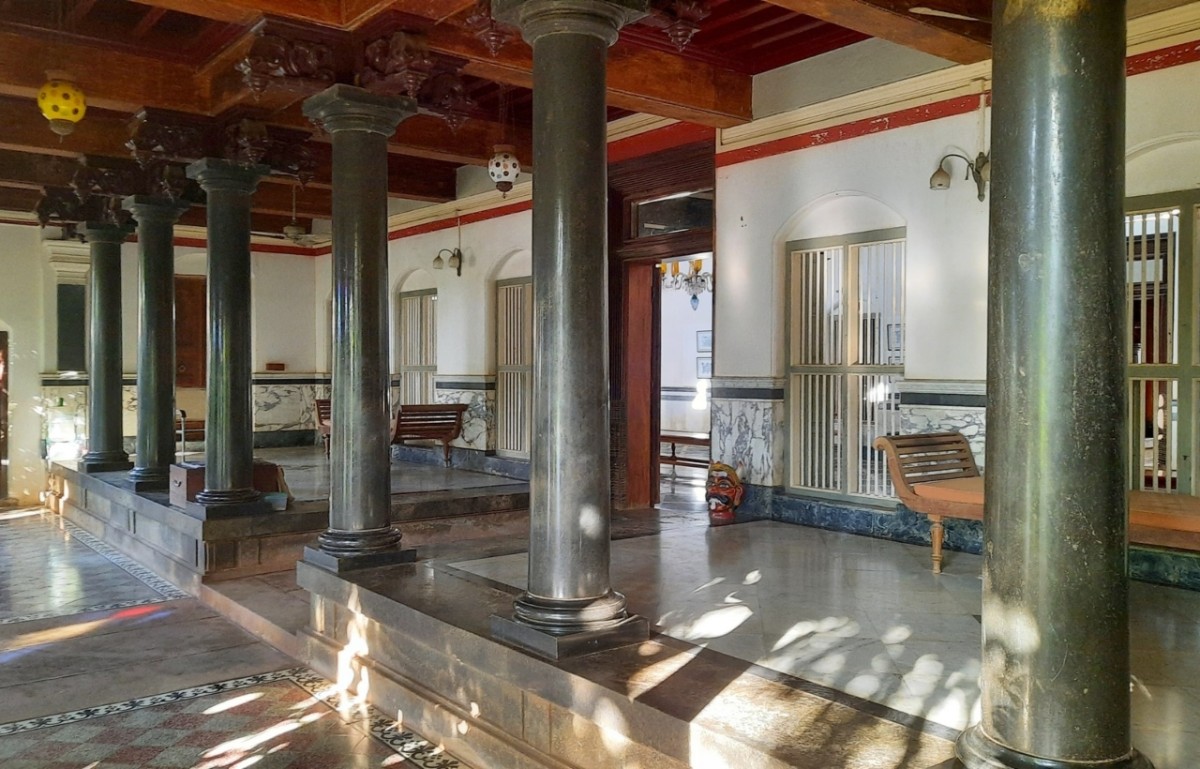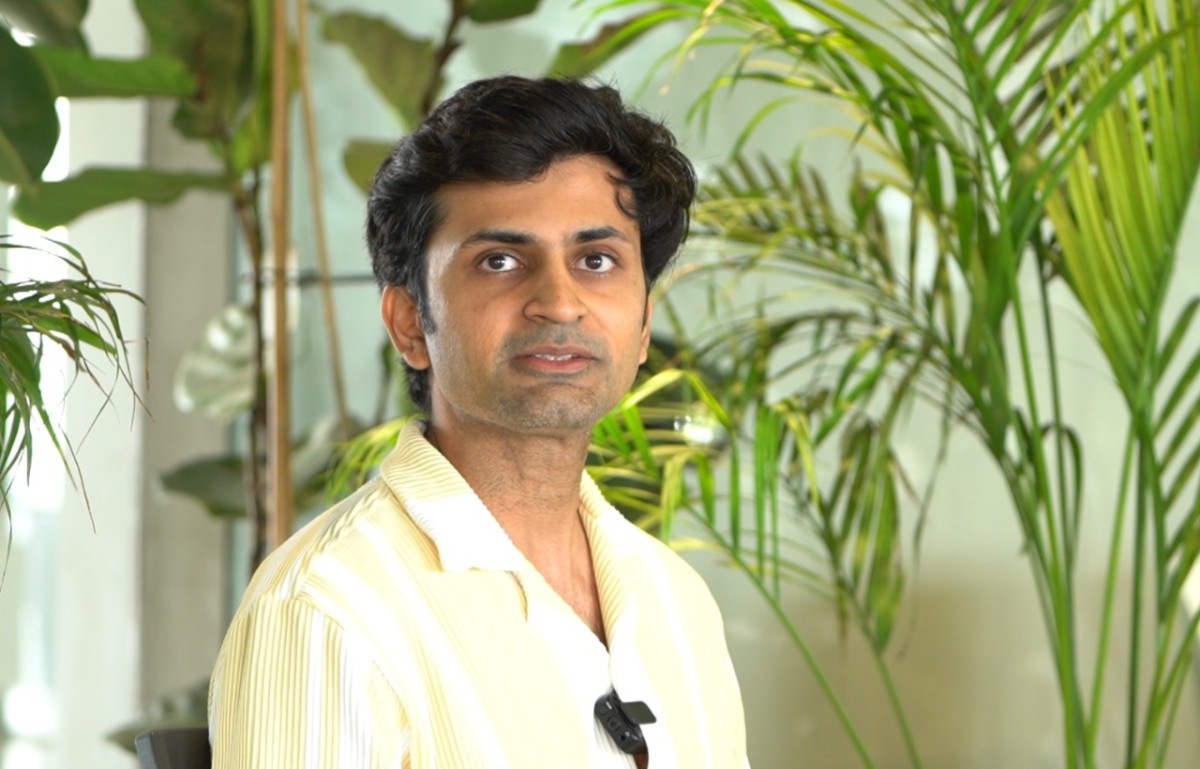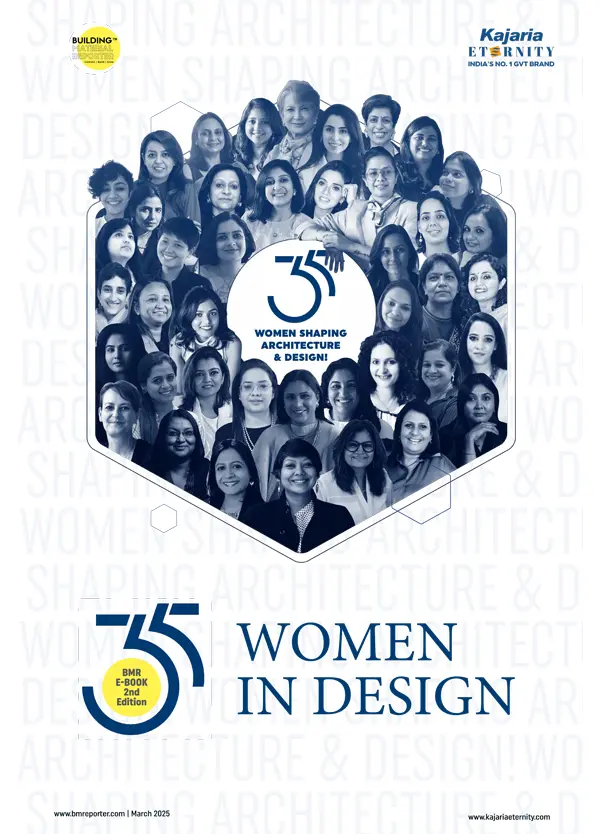Chenab Rail Bridge: Where architectural finesse meets the majestic Himalayas
- June 24, 2025
- By: Sanyukta Baijal
- INFLUENCERS
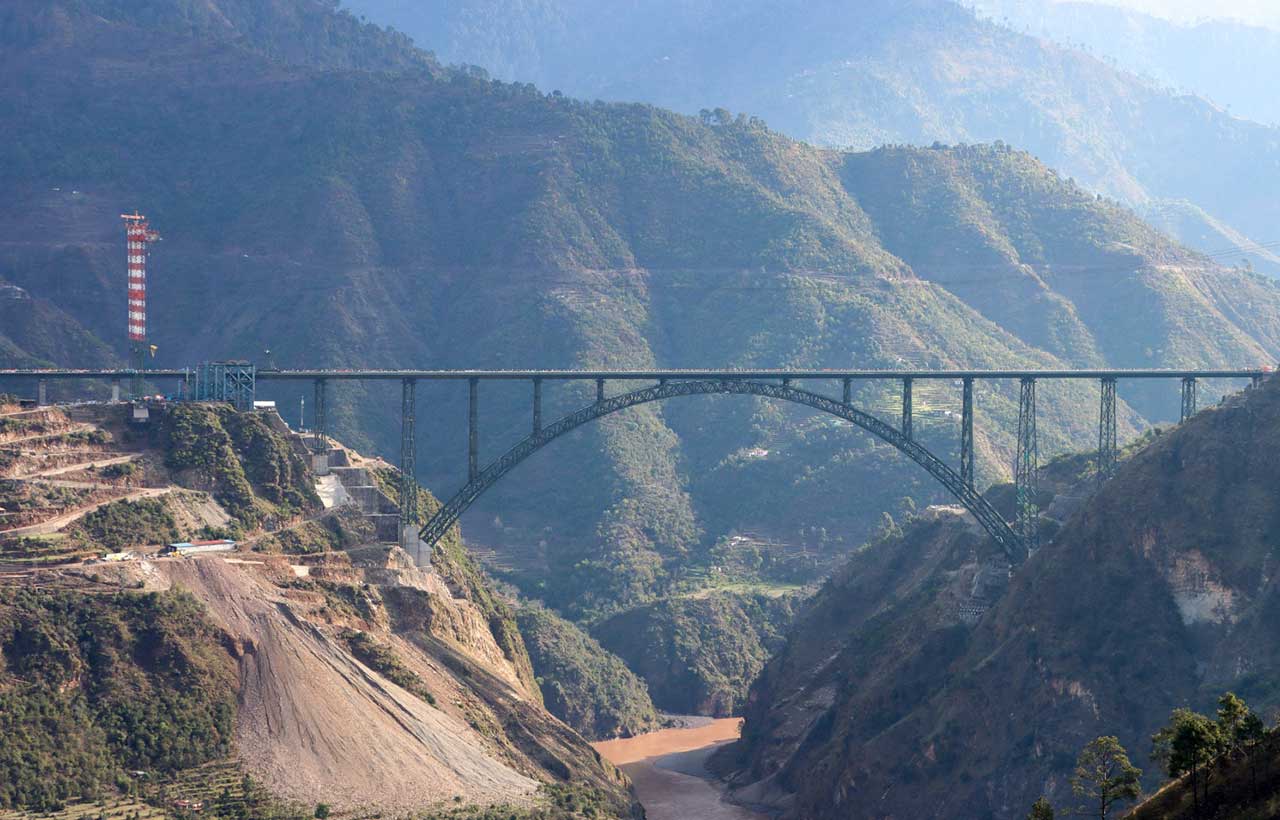 A country as culturally rich as ours has witnessed countless monuments, sculptures, and wonders. Just when we thought we'd seen it all and nothing could surprise us anymore, enters the 1,315-metre-long Chenab Rail Bridge. Spread across 4,314 ft over the river Chenab, this engineering marvel is an icon in steel and ambition. The structure is 1,178 ft above river bed which makes it the highest rail and arch bridge in the world.
A country as culturally rich as ours has witnessed countless monuments, sculptures, and wonders. Just when we thought we'd seen it all and nothing could surprise us anymore, enters the 1,315-metre-long Chenab Rail Bridge. Spread across 4,314 ft over the river Chenab, this engineering marvel is an icon in steel and ambition. The structure is 1,178 ft above river bed which makes it the highest rail and arch bridge in the world.
It is situated between Kauri and Bakkal railway stations on the Jammu-Baramulla line. The whole idea to construct Chenab Rail Bridge was to connect Kashmir with the rest of the Indian rail network. We can't take our eyes off this architectural masterpiece. However, what's more surprising is that it took almost 30 years to complete. Its foundation was laid in 1983, but due to lack of funds, the construction didn’t truly take off until the mid 90s.
Meet the Creative Force Behind India’s Greatest Engineering Feat
It took over 1,300 workers and 300 engineers to complete the bridge. Although, this design landmark was headed by Afcons Infrastructure, VSL India, and South Korean company Ultra Construction, the mastermind behind it was Dr. G Madhavi Latha, the professor of civil engineering.
Right after PM Modi inaugurated the Chenab Rail Bridge, Dr. Latha took to her social media handle and sent her good wishes. She wrote, “Hearty Congratulations to India on the inauguration of Chenab Railway bridge by the honourable Prime Minister Narendra Modi ji. The bridge is a Civil Engineering marvel. All glory of the planning, design and construction goes to Indian Railways and AFCONS.”
Talking about the project she said, "Thousands of people have significantly contributed in different ways for the construction of this iconic bridge. There are millions of unsung heroes to whom I salute today. My role as a geotechnical consultant to AFCONS was to help in developing slope stabilization schemes and design of foundations on slope."
Decoding the Structure of the Bridge
While everyone is admiring the design of this structural icon, let's have a glance on its meticulous construction. The bridge has been constructed in such a way that it can resist the fierce winds, and high magnitude earthquakes. It includes a whopping 28,660 metric tons of steel almost 66,000 cubic meters of concrete, and 1 million cubic meters of terrain modification.
Structurally, the bridge is divided into two main parts, a 530-meter-long approach section and a sweeping 785-meter-long deck arch. It is engineered to carry twin railway tracks, by featuring almost 4 ft of gap in between. The weight of this bridge is around 10,619 tonnes.
Bringing the idea of Chenab River Bridge to life wasn’t all about building a railway bridge over river. This project aimed to connect the Kashmir valley with India amidst all seasons. Before it was inaugurated, the structure had to undergo multiple endurance tests and today it stands tall as an icon of India's engineering excellence.
Also read: Rock House: An Ahmedabad Retreat Where Nature and Concrete Coexist in Harmony
Also read: Ar. Parag Agarwal on the Future of Architecture in Small Cities


